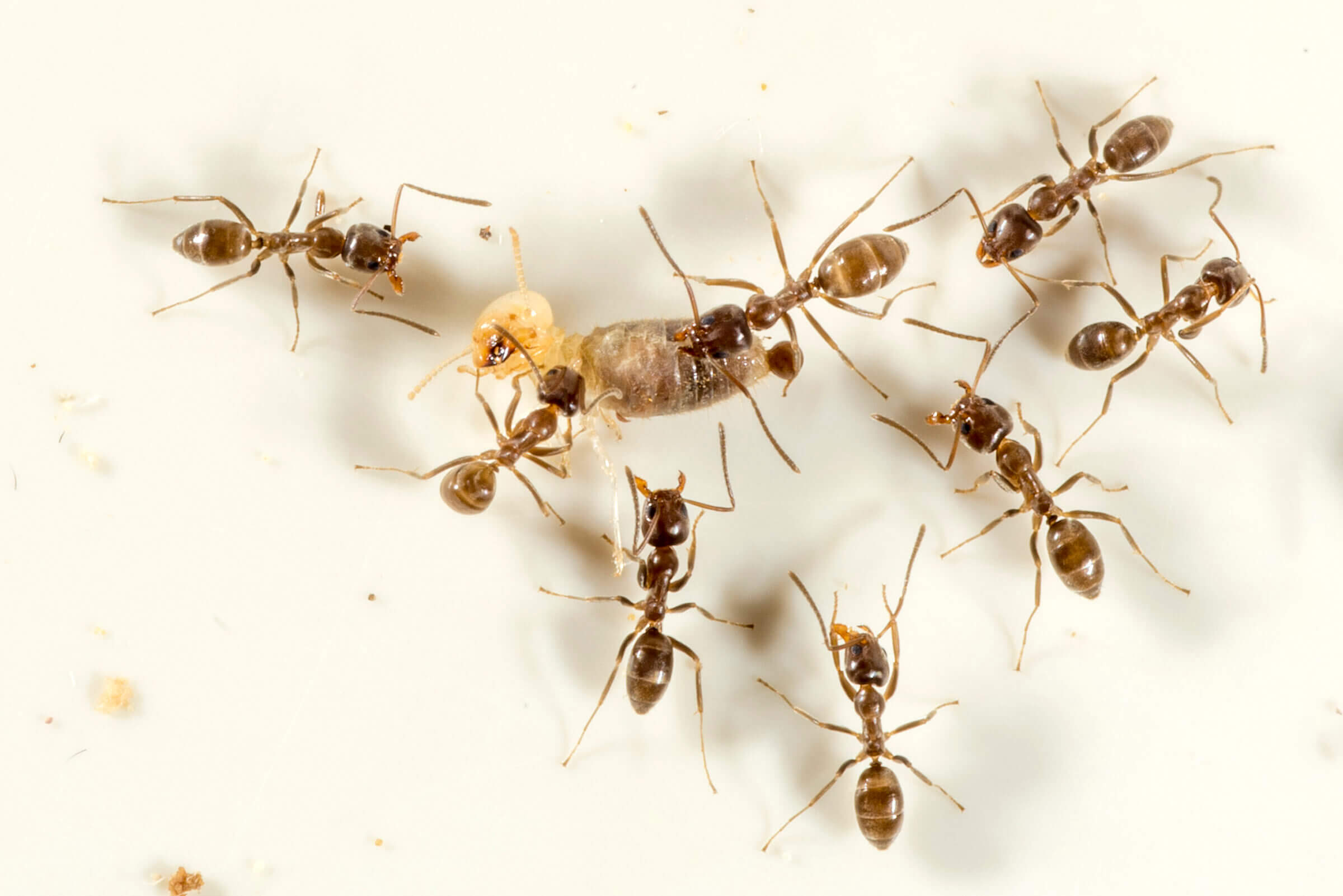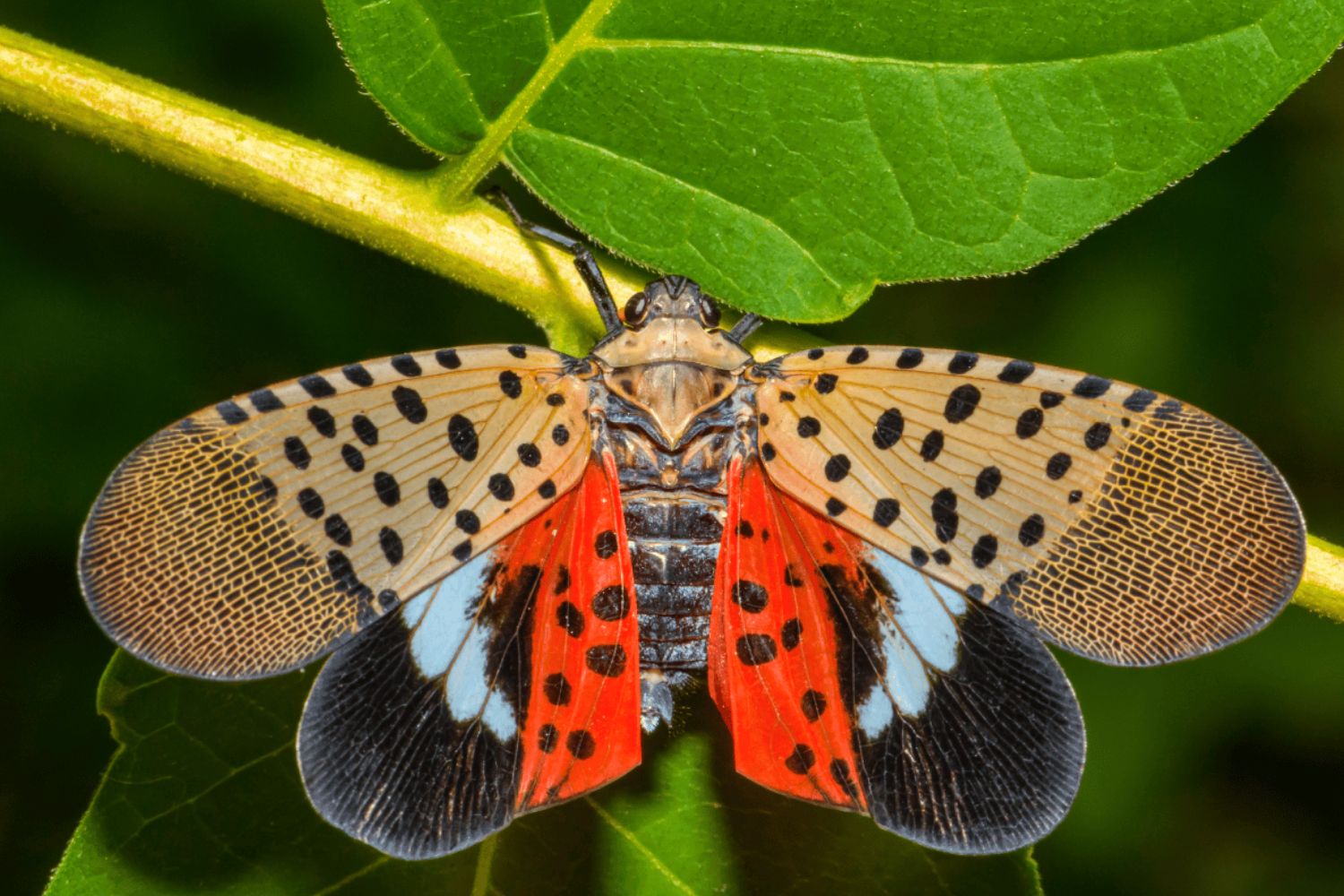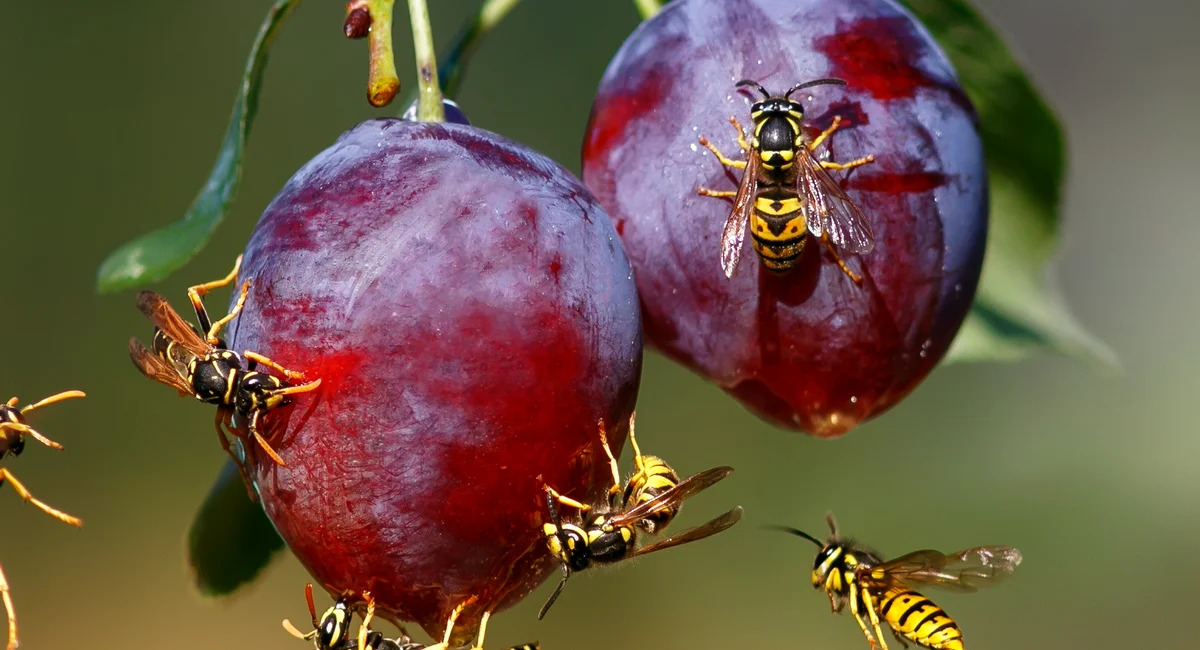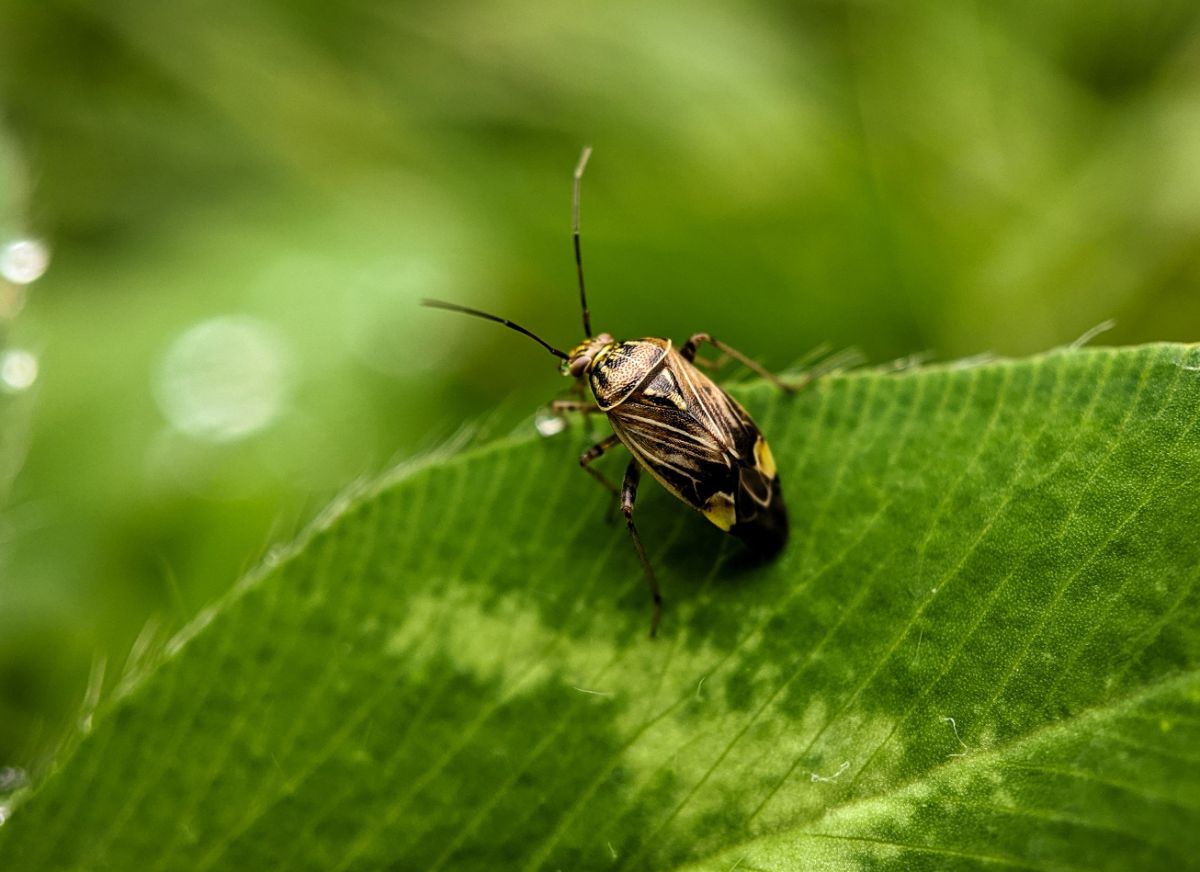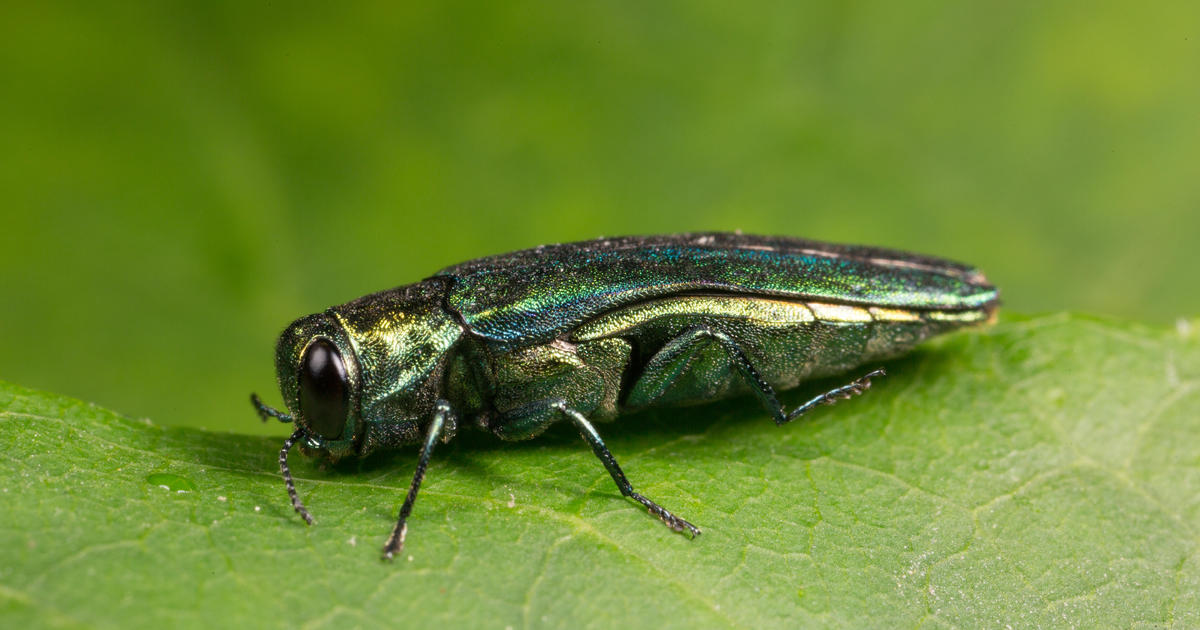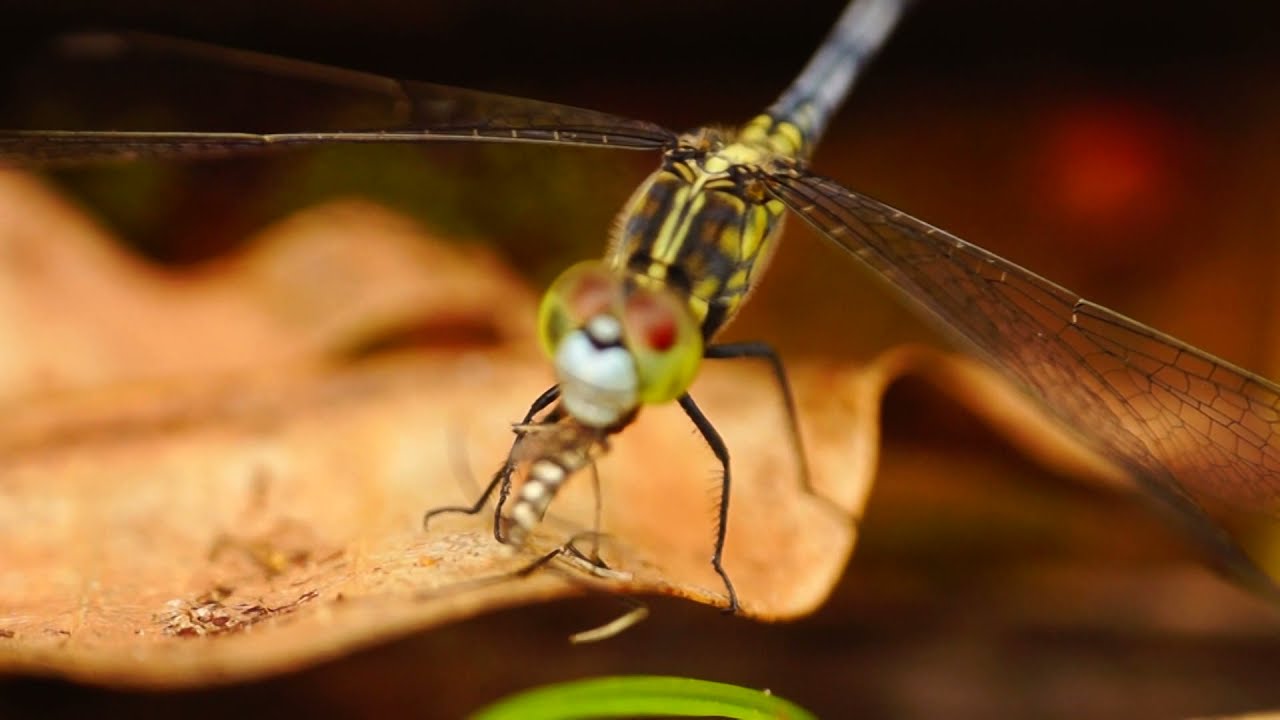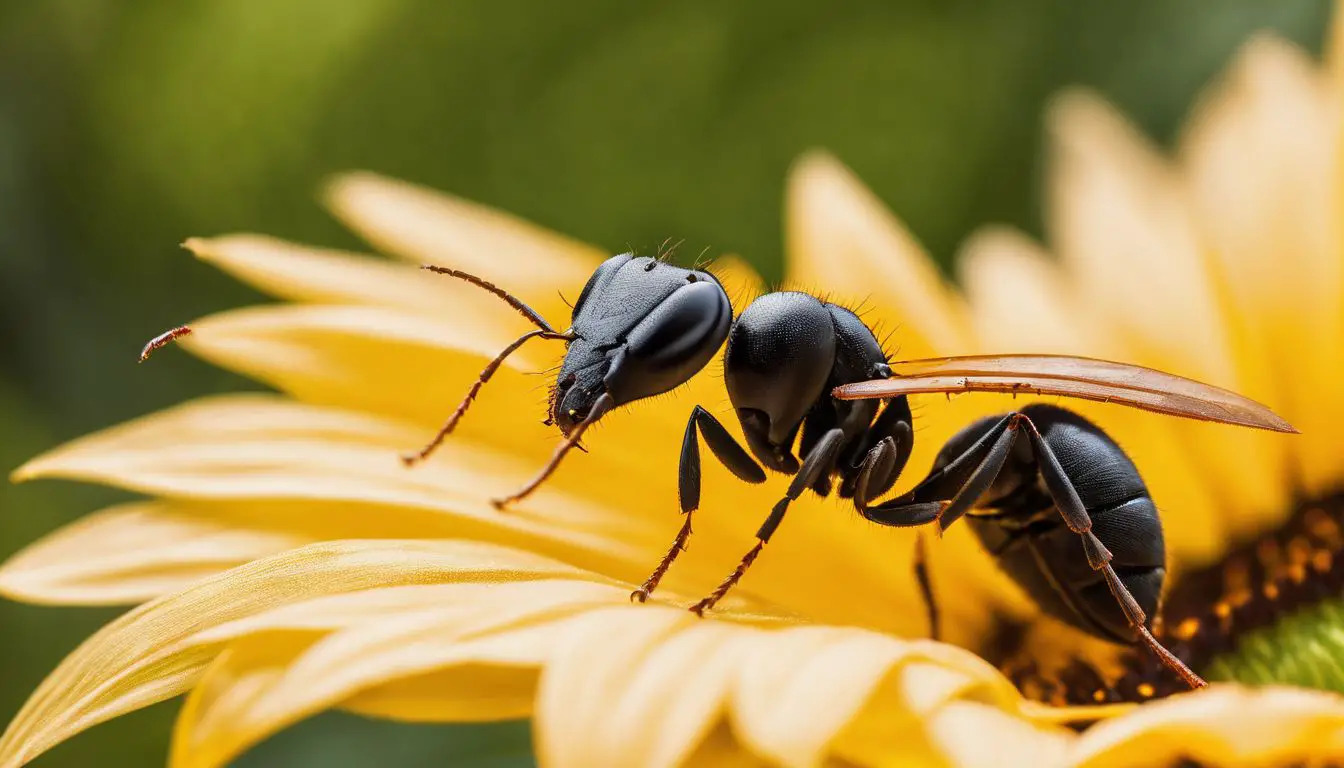Home>Gardening News and Trends>Latest News>What Insects Eat Crickets


Latest News
What Insects Eat Crickets
Modified: January 22, 2024
Stay up to date with the latest news on what insects eat crickets. Discover fascinating insights into insect behavior and food habits.
(Many of the links in this article redirect to a specific reviewed product. Your purchase of these products through affiliate links helps to generate commission for Chicagolandgardening.com, at no extra cost. Learn more)
Table of Contents
Introduction
Insects are a vital part of our ecosystem and play various roles, from pollination to decomposition. But have you ever wondered what insects eat? One of the primary sources of food for many insects is crickets. These small, hopping insects are not only a prominent prey item, but they also play a significant role in the food chain.
Crickets belong to the order Orthoptera and are known for their distinctive chirping sounds. While they may be a common sight in grassy areas and gardens, they are also a popular food choice for many insect predators. From birds to reptiles, amphibians to mammals, and even other insects, crickets serve as a tasty and nutritious meal for a wide variety of creatures.
In this article, we will explore the fascinating world of insect predators and delve into what eats crickets. We will discuss the benefits of eating crickets, the various types of predators that rely on them for sustenance, and the role crickets play in maintaining the delicate balance of nature. So, let’s embark on this journey and uncover the secrets of what insects eat crickets!
Benefits of Eating Crickets
Crickets are not just a tasty snack for insect predators; they also offer a range of benefits to those that consume them. Here are some of the key advantages of including crickets in the diet of insect-eating creatures:
- Nutritional Value: Crickets are packed with essential nutrients, making them a highly nutritious meal choice. They are an excellent source of protein, containing all nine essential amino acids required by the body. In fact, crickets have a higher protein content than traditional meat sources like beef or chicken. Additionally, they are rich in vitamins (such as B vitamins) and minerals (such as iron and calcium), making them a well-rounded and wholesome food source.
- Sustainable Alternative: As the world’s population continues to grow, finding sustainable food sources becomes increasingly important. In comparison to traditional livestock farming, cricket farming requires significantly less land, water, and feed. They also emit fewer greenhouse gases, making them a more eco-friendly protein source. Incorporating crickets into the diet of insect predators helps promote sustainability and reduce the strain on our planet’s resources.
- Energy Efficiency: Crickets have a high feed conversion ratio, meaning they can efficiently convert the food they consume into body mass. In comparison to other animals, such as cows or pigs, crickets require fewer resources to produce the same amount of edible protein. This energy efficiency makes them an attractive food choice, particularly in environments where resources are limited.
- Minimize Waste: Insects like crickets are excellent at consuming organic waste materials, including decaying vegetation and agricultural byproducts. By eating crickets, insect predators help to minimize waste and contribute to the natural recycling of nutrients in ecosystems. This plays a crucial role in maintaining the health and balance of the environment.
Overall, the benefits of eating crickets extend beyond just providing a tasty meal. Their high nutritional value, sustainable nature, energy efficiency, and waste reduction capabilities make them an ideal food source for insect predators. By incorporating crickets into their diet, these creatures not only meet their dietary needs but also contribute to a healthier and more sustainable ecosystem.
Insect Predators
When it comes to feasting on crickets, there is no shortage of insect predators eager to partake in this protein-rich meal. Insects themselves are not exempt from being preyed upon, and many species have evolved unique adaptations to catch and consume their fellow arthropods.
One of the most well-known insect predators is the praying mantis. With their incredible camouflage and strong forelimbs, these voracious hunters are capable of ambushing and capturing crickets with lightning speed. Their powerful mandibles make short work of their prey, ensuring a swift and efficient meal.
Another common insect predator that dines on crickets is the spider. With their intricate webs and venomous bites, spiders are formidable hunters. They patiently wait for unsuspecting crickets to become entangled in their sticky threads, immobilizing them before injecting digestive enzymes to break down the prey for consumption.
Some insect predators, like the beetles, have specialized mouthparts specifically adapted for feeding on crickets. These robust and resilient beetles possess strong jaws capable of crushing the exoskeleton of their prey. They often ambush crickets by burying themselves in soil or hiding beneath leaves, surprising their unsuspecting victims.
A less conspicuous but equally adept predator of crickets is the centipede. With their numerous legs and lightning-fast movements, centipedes are excellent at capturing and overpowering their prey. They inject venom into their victims, paralyzing them and allowing for easy consumption.
These are just a few examples of the many insect predators that rely on crickets as a primary food source. Each predator has its unique adaptations and strategies to catch, subdue, and consume their prey. This intricate web of predator-prey relationships plays a crucial role in maintaining the delicate balance of nature.
While insects may be small in size, they are a vital part of the ecosystem, and their predation on crickets helps control their population and ensures the survival of other plant and animal species. Understanding the dynamics of these interactions provides valuable insights into the natural world and highlights the interconnectedness of all living organisms.
Birds
Birds, with their incredible agility and diverse beak shapes, are among the top predators of crickets in the animal kingdom. They have honed their hunting skills to perfection, making them formidable opponents for these hopping insects.
A prime example of a bird that enjoys a hearty meal of crickets is the iconic American Robin. These birds have a keen sense of sight and can detect the slightest movement in the grass or on the ground. With a quick hop and a lightning-fast beak snap, robins snatch up crickets before they even have a chance to react.
Birds of prey, such as hawks and falcons, are also skilled cricket hunters. These raptors have sharp talons and powerful beaks that allow them to capture and kill crickets with ease. Some species, like the Cooper’s Hawk, are known to patrol grassy areas and surprise crickets from above, taking advantage of their aerial advantage.
It’s not only terrestrial birds that relish crickets as a meal. Wading birds, such as herons and egrets, are adept at hunting for crickets in wetland areas. With their long legs and sharp bills, they patiently stalk through the vegetation, searching for tasty crickets to pluck from the ground or water’s edge.
Even small songbirds, like sparrows and finches, are known to include crickets in their diet. They may not have the same size and strength as their larger avian counterparts, but they compensate with their agility and nimbleness. These small birds are quick to pounce on crickets as they hop through the grass or perch on low branches, snatching them up with precision.
The predation of crickets by birds serves multiple purposes. Birds not only benefit from the rich protein and nutritional content of crickets, but they also play a crucial role in controlling cricket populations. By keeping cricket numbers in check, birds help maintain a healthy balance in ecosystems and prevent potential overgrazing and damage to vegetation.
Observing birds in action as they hunt for crickets can be a thrilling experience. Their aerial acrobatics, swift movements, and precision strikes remind us how truly remarkable and diverse nature’s creatures are.
Reptiles and Amphibians
Reptiles and amphibians are another group of predators that have a taste for crickets. These cold-blooded creatures rely on crickets as a source of food, providing them with essential nutrients and energy to survive.
One reptile known for its affinity for crickets is the common lizard. With their quick reflexes and agile movements, lizards are skilled at capturing and devouring these hopping insects. They use their long tongues to snatch up crickets, enjoying a quick and satisfying meal.
Frogs and toads, the amphibian counterparts, are also frequent consumers of crickets. These amphibians have specialized tongues that they use to capture their prey with lightning speed. They lie in wait, patiently watching for a passing cricket, and then strike with precision, engulfing it in their mouths.
Other reptiles, such as turtles and certain snake species, also include crickets in their diet. Turtles may chase crickets that venture too close to the water’s edge, while some snake species can actively hunt for crickets among grassy areas or in burrows.
The predation of crickets by reptiles and amphibians serves an important ecological role. By consuming crickets, these creatures help control their population, ensuring that the ecosystem remains in balance. Without this predation pressure, cricket populations could surge, leading to potential overgrazing of vegetation and disruption of the food chain.
Additionally, the consumption of crickets provides reptiles and amphibians with a significant source of nutrition. Crickets are rich in protein, vitamins, and minerals, which are essential for the growth, development, and overall health of these animals.
It is fascinating to observe reptiles and amphibians in their natural habitats as they search for and consume crickets. Their stealthy movements and swift strikes highlight their adaptations for successful predator-prey interactions.
Mammals
While birds, reptiles, and amphibians are commonly associated with feeding on crickets, mammals also join in on the feast. From small insectivorous mammals to larger predators, crickets are a valuable food source for many mammals in various habitats.
Bats, the only mammals capable of true flight, are skilled hunters that consume various insects, including crickets. With their echolocation abilities, bats can precisely detect and capture crickets mid-air, providing them with a nutritious meal. These nocturnal creatures play a vital role in controlling cricket populations, particularly in areas rich in vegetation.
Small mammals, such as shrews and mice, are also avid cricket consumers. They scurry through grassy areas, using their keen sense of smell and quick reflexes to catch crickets. While small in size, these mammals rely on crickets as a substantial part of their diet, adding much-needed protein and energy to their small bodies.
Larger mammals, such as raccoons and foxes, may opportunistically eat crickets when encountering them while foraging. While not their primary prey, crickets provide a supplemental food source that can contribute to their overall diet if available.
Even some large predators, like bears, have been known to consume crickets on occasion. When searching for food, bears may come across crickets along rivers or in meadows, taking advantage of the opportunity to add them to their diet. While they primarily rely on vegetation and other prey items, crickets offer a protein-rich addition to their sometimes omnivorous diet.
Mammals that consume crickets help regulate their population, preventing an unchecked increase in numbers. By controlling the cricket population, these mammals play a role in maintaining the health of ecosystems, preventing overgrazing, and preserving the balance of other plant and animal species.
Observing mammals as they interact with their environment and seek out crickets for sustenance reveals the intricate connections between different organisms and the ways in which they rely on each other for survival.
Other Insects
While crickets are often preyed upon by larger animals, they are not exempt from being on the menu for other insects. Insects themselves are an incredibly diverse group, with different species having evolved unique strategies for capturing and consuming crickets.
One of the most notable cricket predators among insects is the mantidfly. Despite its name, the mantidfly is not actually related to the praying mantis. However, it shares a similar body shape and predatory behavior. Mantidflies have long, grasping front legs that resemble those of a mantis, which they use to snatch crickets from the ground or vegetation.
Another insect predator that preys on crickets is the robber fly. These formidable predators have a stout body, long legs, and a proboscis-like mouthpart that they use to pierce and immobilize prey. Robber flies are formidable hunters and can ambush and capture crickets with relative ease.
Solitary wasps are also known to target crickets as a food source for their developing larvae. Female wasps locate crickets, sting them to immobilize them, and then carry them back to their nests. The paralyzed cricket becomes sustenance for the wasp larva once it hatches.
A variety of beetles, such as ground beetles and tiger beetles, are skilled cricket predators as well. These beetles use their strong mandibles to capture and subdue crickets. They are often fast runners, chasing down their prey and grasping them with their jaws before consuming them.
Even some caterpillars feed on crickets. For example, certain species of caterpillars in the family Erebidae are known to prey on crickets in their early stages of development.
These examples demonstrate the intricate web of predator-prey relationships among insects. Crickets, despite their own predatory behavior toward other smaller organisms, themselves become targets of various insects that have evolved specialized adaptations to capture and consume them.
Understanding the intricate interactions between different insect species provides valuable insights into the complex dynamics of ecosystems and highlights the importance of these relationships in maintaining the delicate balance of nature.
Conclusion
The world of insect predators is vast and varied, and crickets play a significant role in the diets of many creatures. From birds to reptiles, amphibians to mammals, and even other insects, crickets serve as a vital source of food and nourishment.
The benefits of eating crickets extend beyond just providing a tasty meal. They are a rich source of protein, vitamins, and minerals, making them a highly nutritious option for predators. Additionally, cricket farming is more sustainable and resource-efficient compared to traditional livestock farming, making them an ideal food source for a growing population.
Insect predators, such as birds, reptiles, amphibians, mammals, and other insects, have adapted unique strategies to hunt and consume crickets. From their specialized beaks, jaws, venom, or fast reflexes, each predator has evolved to effectively capture and prey upon crickets.
By preying on crickets, these predators help control their population, maintain the balance of ecosystems, and prevent potential overgrazing and damage to vegetation. The intricate web of predator-prey relationships among crickets and their predators highlights the interconnectedness of all living organisms and the importance of maintaining a diverse and healthy ecosystem.
Observing the interactions between crickets and their predators provides us with valuable insights into the natural world and the delicate balance that exists in nature. It reminds us of the intricate relationships between different species and the ways in which they depend on each other for survival.
So, the next time you hear the rhythmic chirping of crickets, remember that they are not just part of the evening soundtrack but also a vital link in the food chain, providing sustenance for a diverse array of predators that rely on them for survival.


